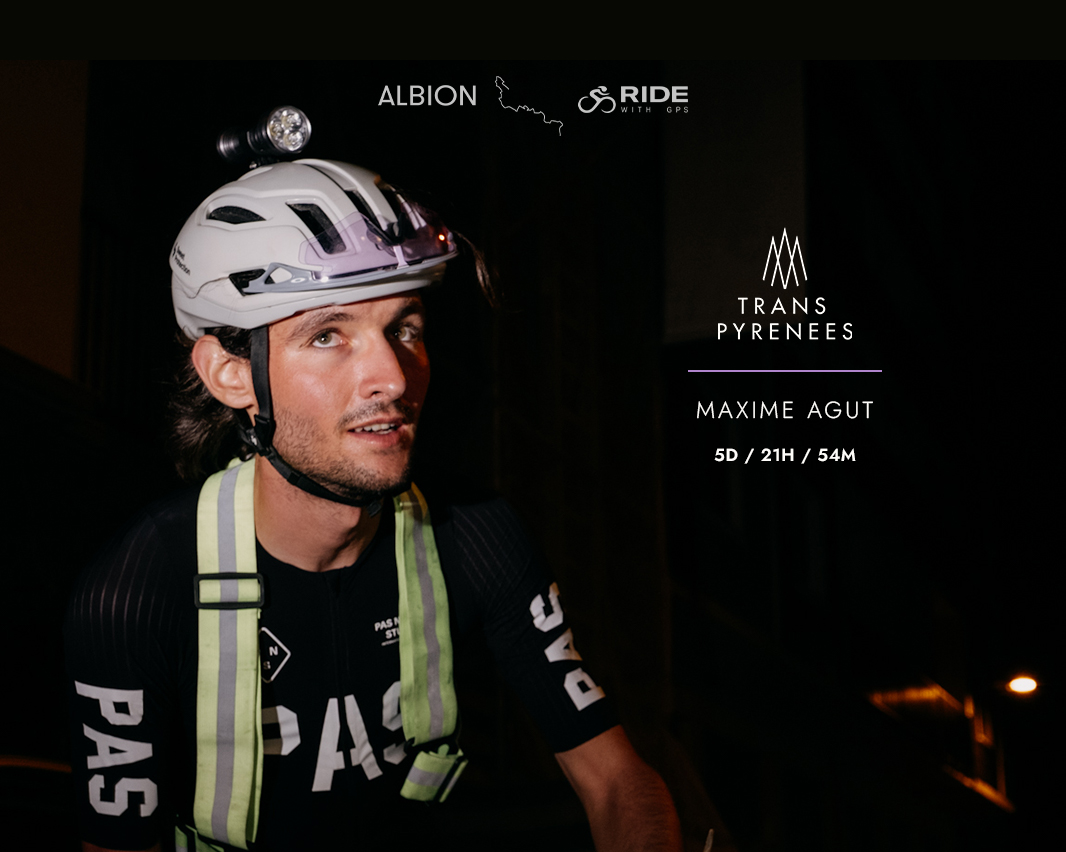No items found.


The Trans Pyrenees Race (TPR) is a self-supported ultra distance cycling event, which traverses the Pyrenees from coast to coast, and then back again. The race covers up to 2000 km of the most spectacular and remote scenery in the Pyrenees.

The foundational principle of all of our races. Find out what self reliance means to us and why it's such a powerful idea.

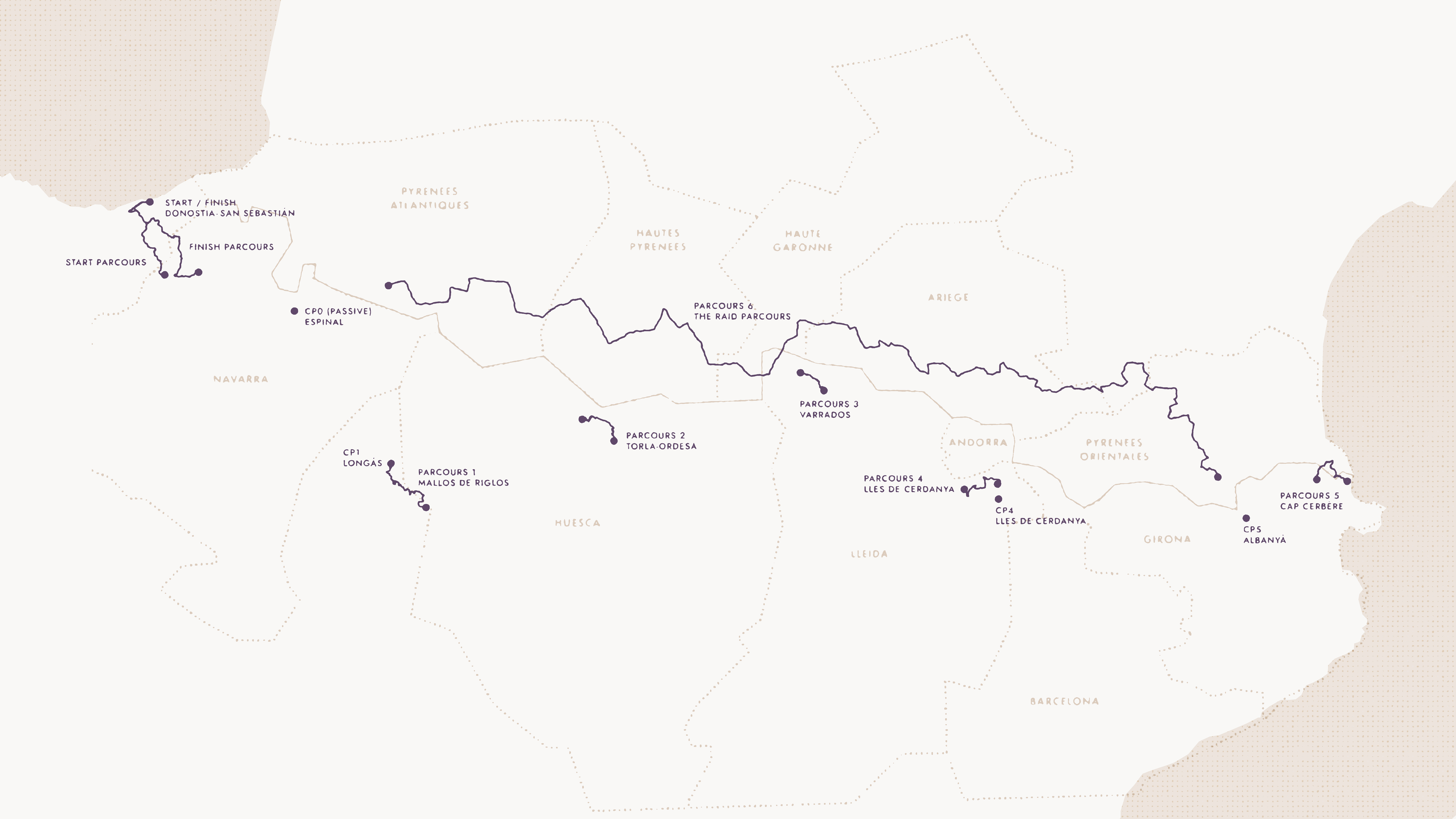
This year, our riders will return to the Basque Country and the Bay of Biscay to start their double traverse of the Pyrenees, with Donostia-San Sebastián playing host to the Start and Finish of TPRNo5. A location synonymous with surfers cresting crashing waves, international film festivals and Michelin-starred cuisine, TPR riders will no doubt have humbler thoughts as they leave the city along the craggy Atlantic coastline before turning their wheels for the foothills of the Pyrenees and the peaks and troughs that lie in wait.
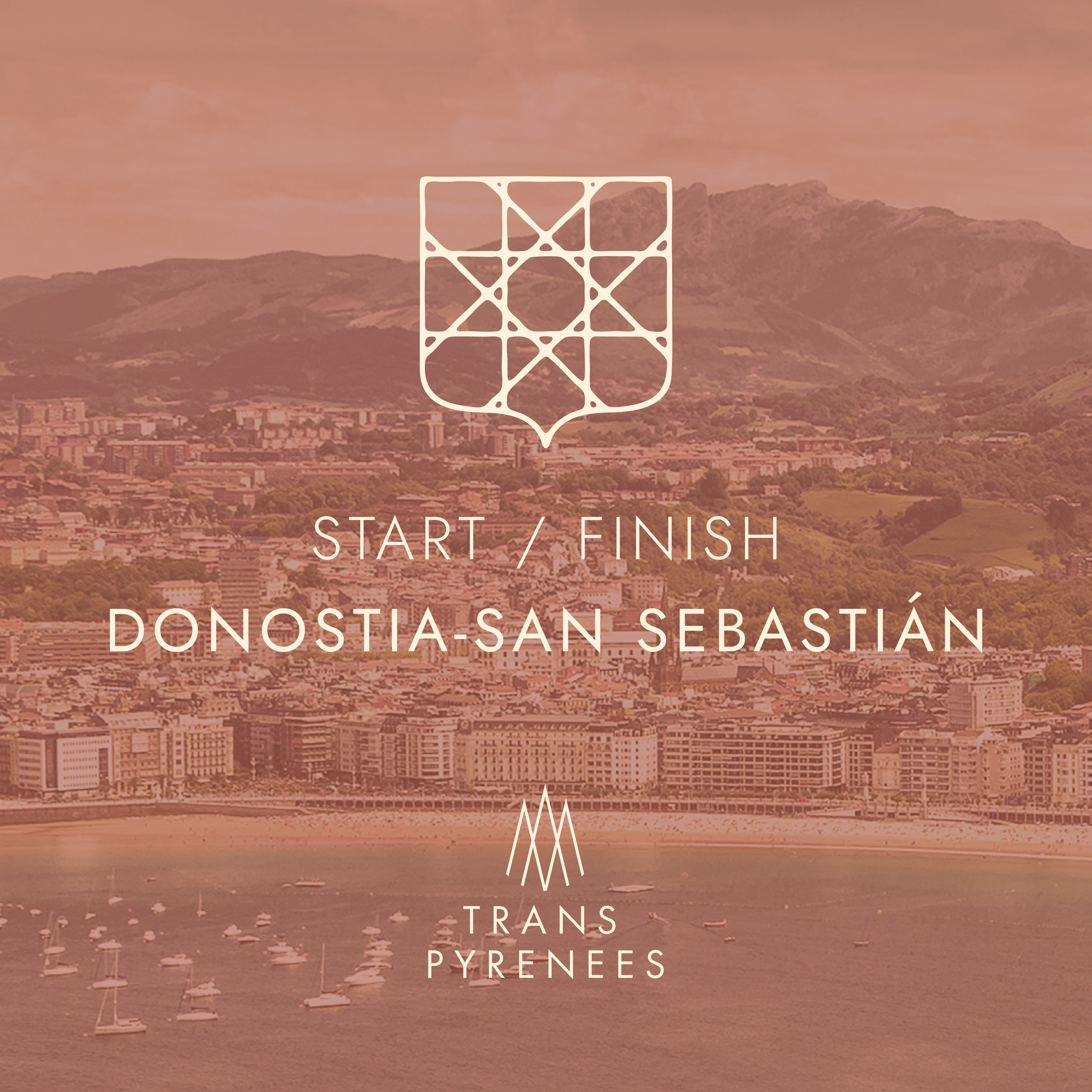
The small enclave of Espinal, on the fringes of Irati Forest, will be the first passive control of the Race. With just over 240 inhabitants, the wave of riders from the coast will wash over this tiny hamlet, before receding and leaving it high and dry in its Basque isolation once more.

The second Control Point of the race is the most southerly to be featured in any edition of the TPR thus far. The landscape is dramatically drier here and the flora adapted to these arid conditions will deliver an aromatic experience with rosemary, thyme and bright red and yellow Madrone berries lining the tracks. Riders will make their way from here to the Mallos de Agüero, a unique rock formation evocative of Meteora, and one that is sure to excite that unique blend of TCR aficionado and sedimentary geologist.
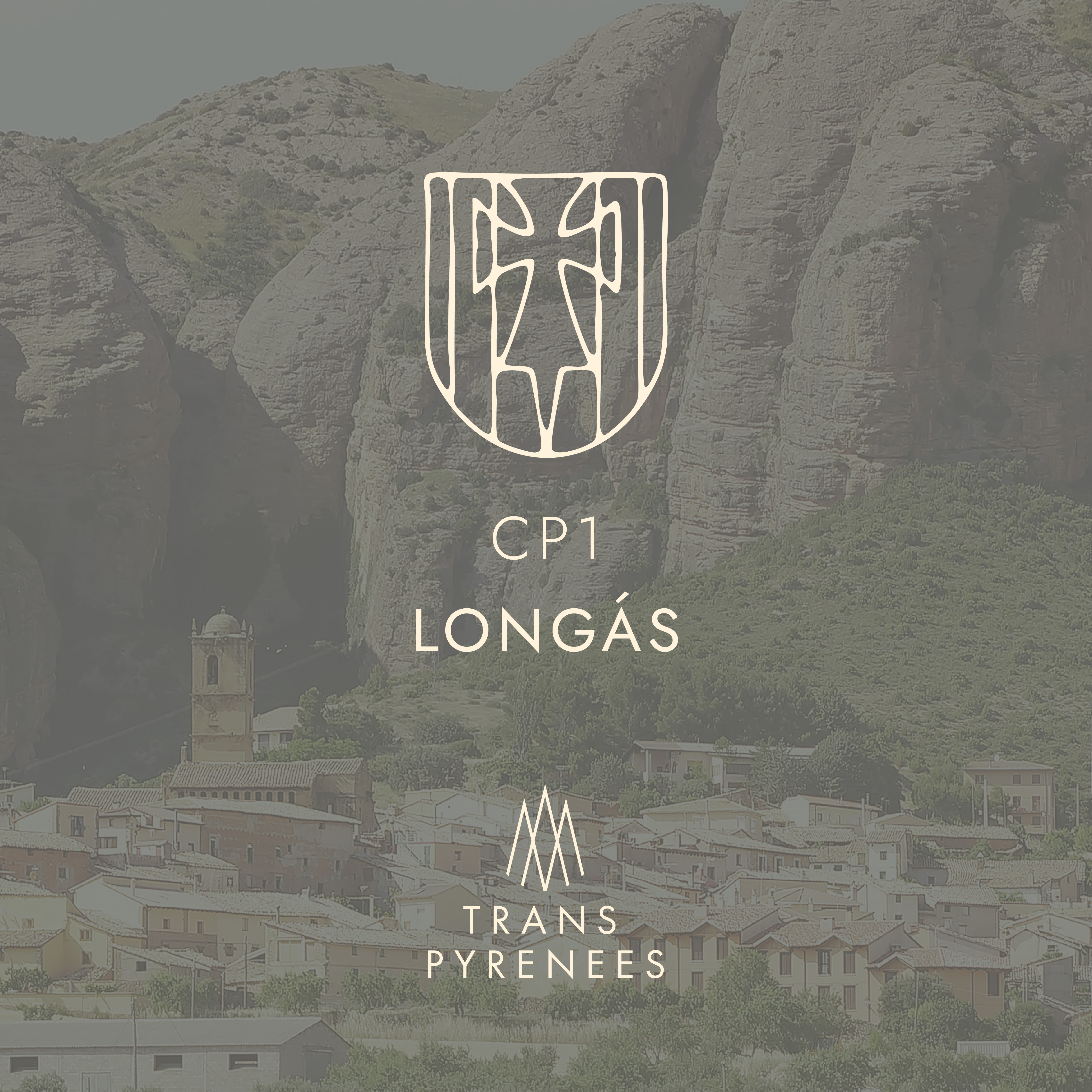
Lles de Cerdanya will act as the third Control Point of the race. Nestled in the mountains near the border with Andorra and France, riders will arrive at the CP having navigated the gravel parcours that precedes it. Serving as a popular ski resort in the winter, our riders will be hoping to avoid any early season snowfall as they traverse tracks and trails above 2000m of elevation.
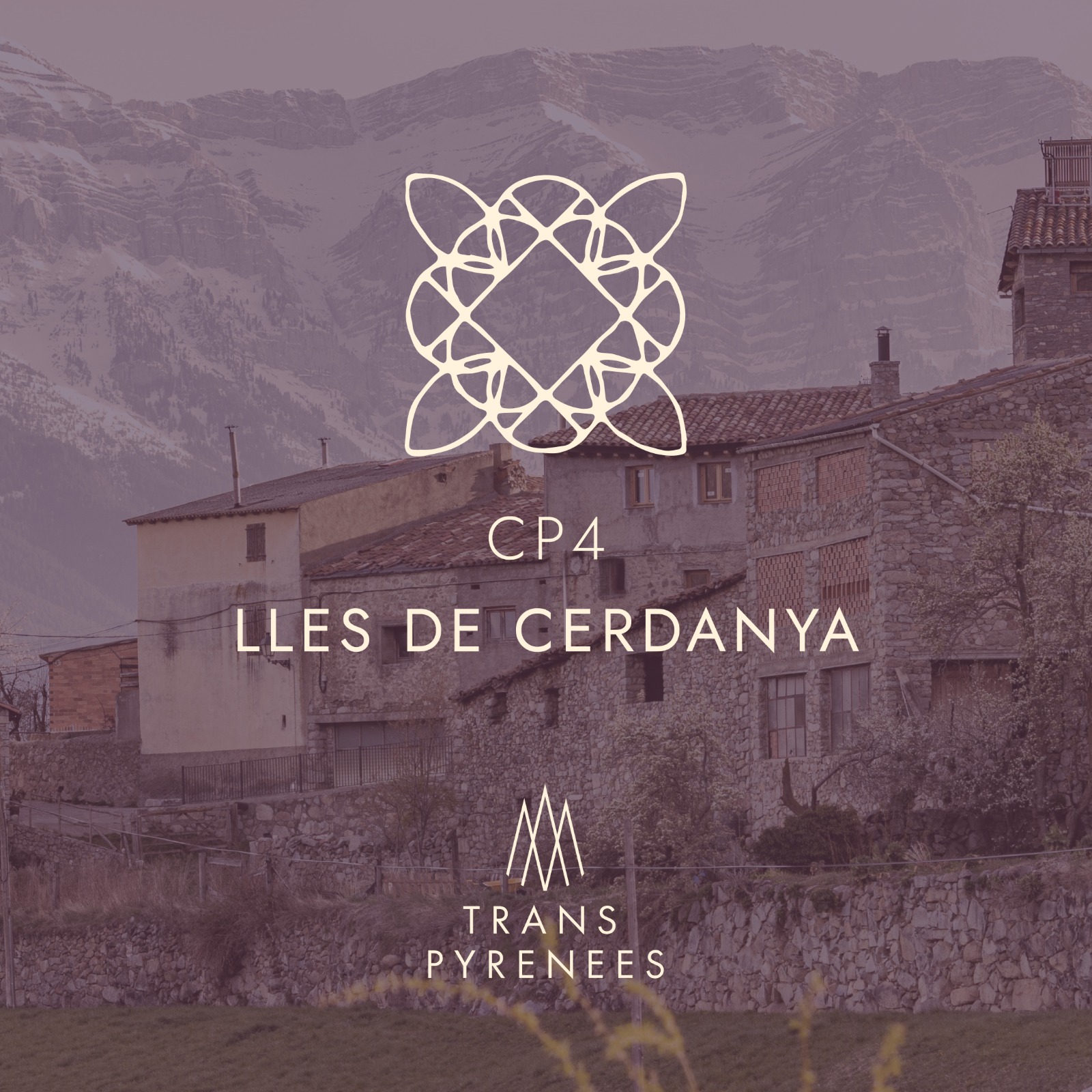
After riding the coastal parcours along the Mediterranean Sea, the race turns back inland to head for the Catalunyan outpost of Albanyà. With a population of fewer than 150 people, and few amenities to speak of, this village will offer little in the way of home comforts as riders begin to contemplate the relentless Raid Pyrénéen which lies in wait for their return journey across the mountains.
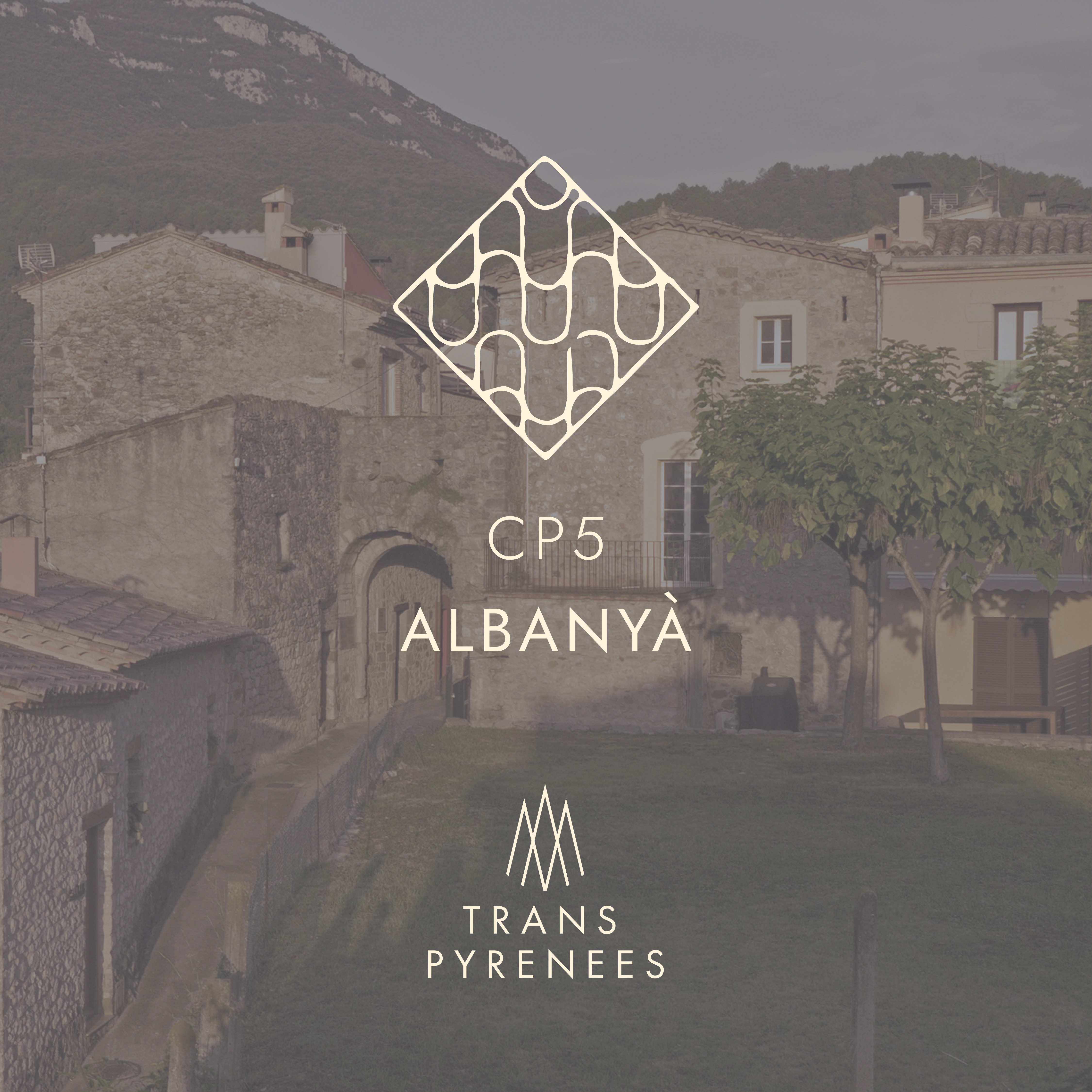
Plentiful pintxos and a refreshing dip in the La Concha await the weary heads and legs of the riders who complete this double traverse of the Pyrenees. Returning racers will easily attend to any caloric deficit amongst the gastronomic delights which the city is known for, and for those who wish to slake their thirst on the local brew they can reach for a cold Gross, and be grateful the brewery doesn’t live up to its name. Here, a party awaits, where stories are shared and insight sought from those looking to improve the following year.

